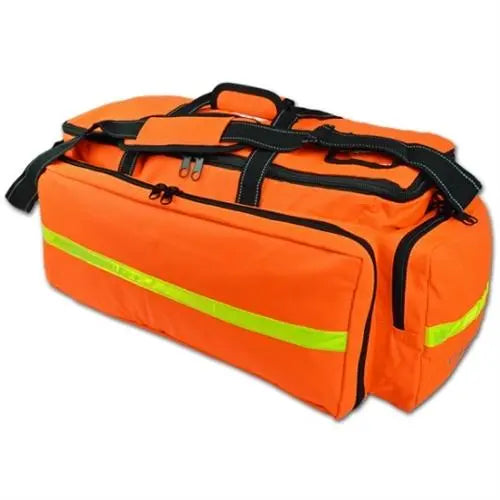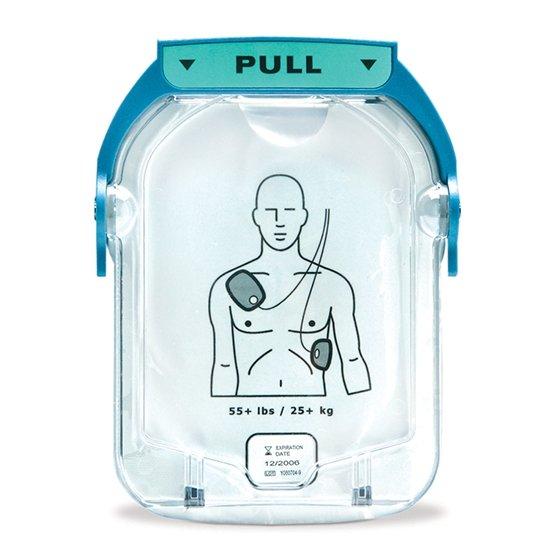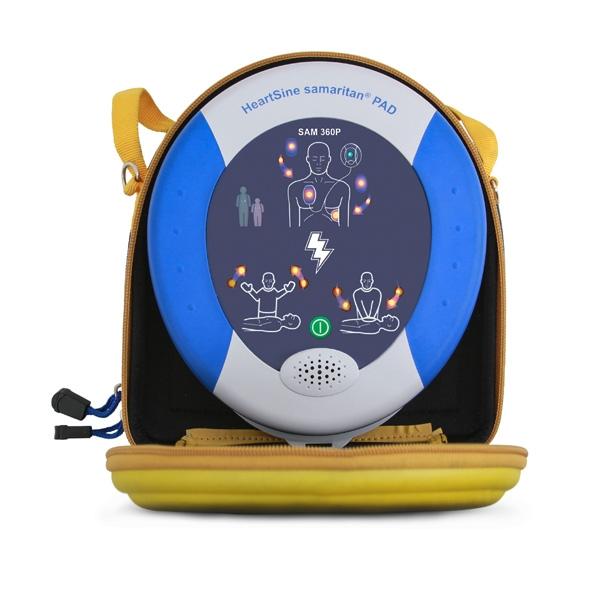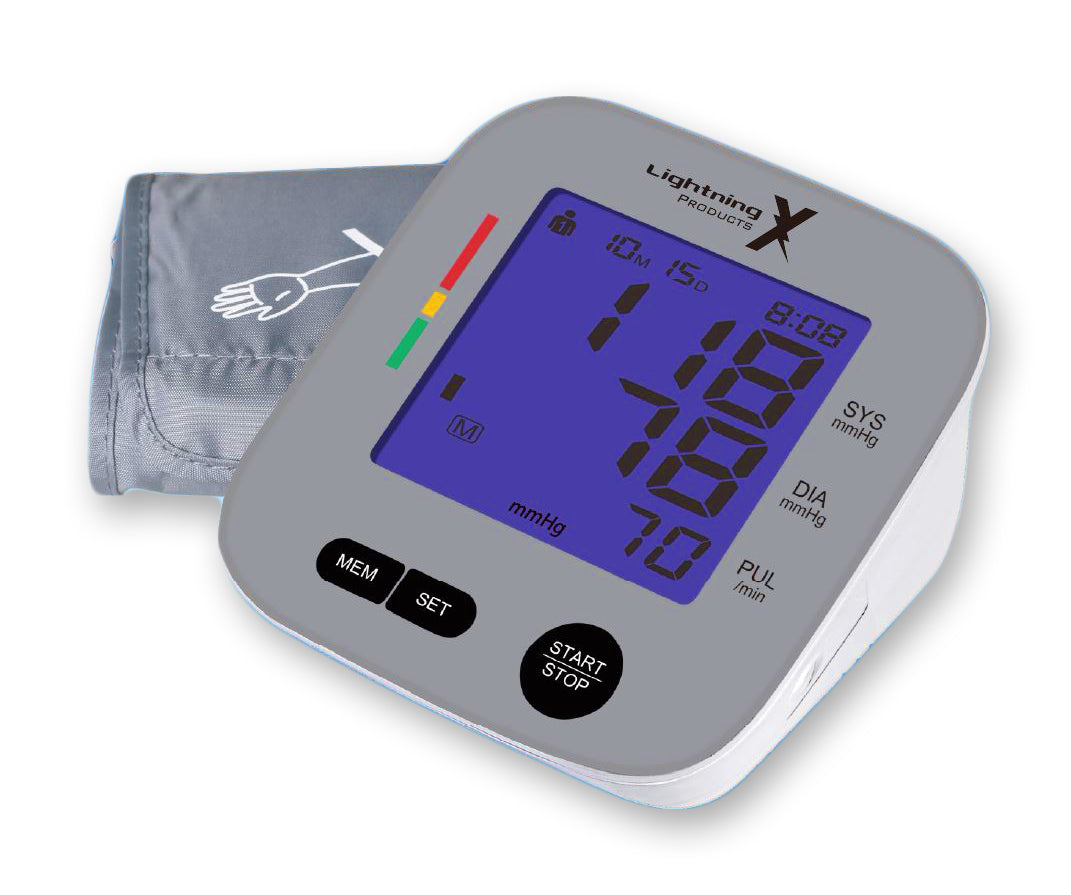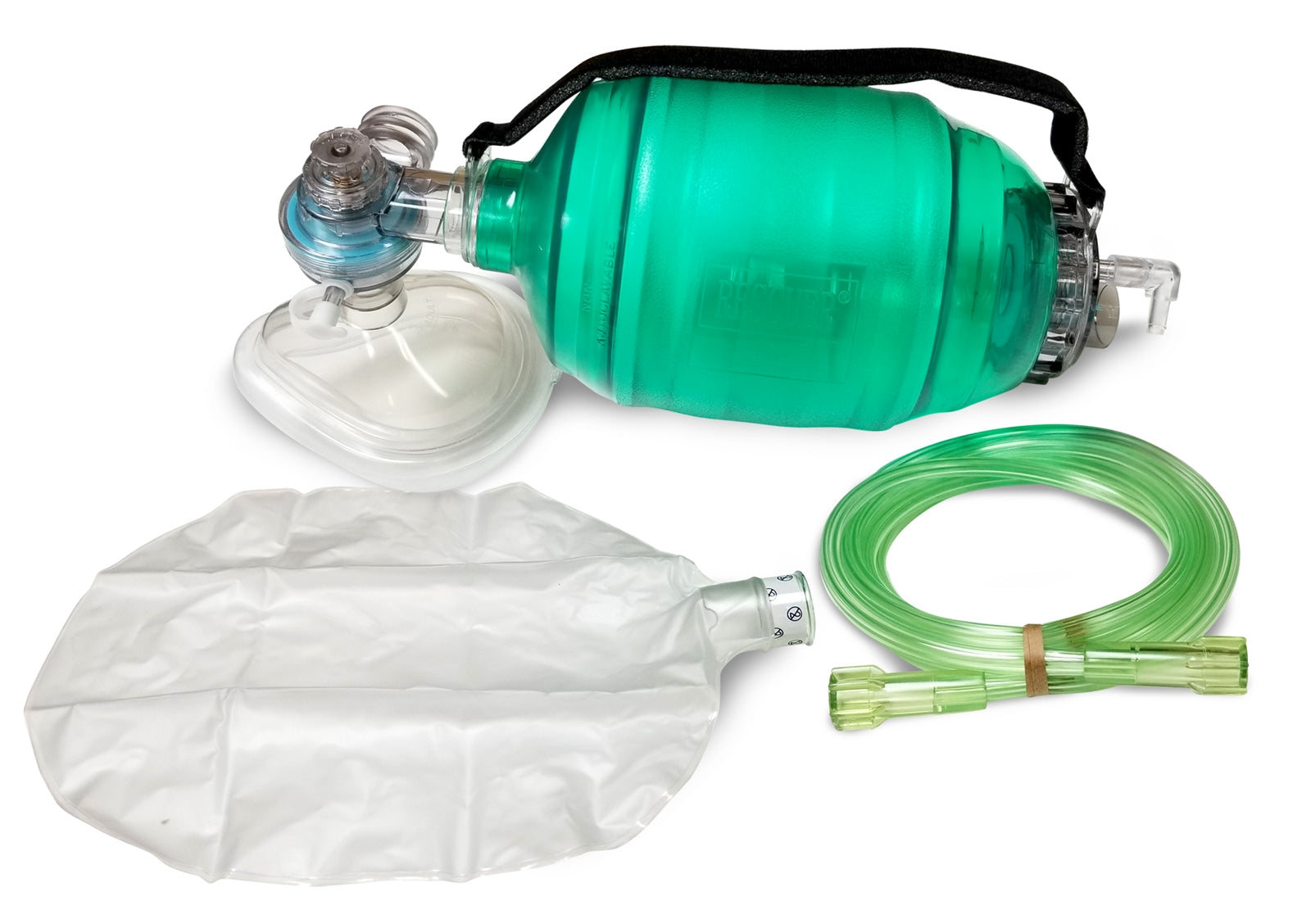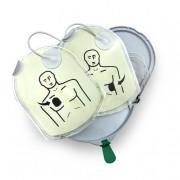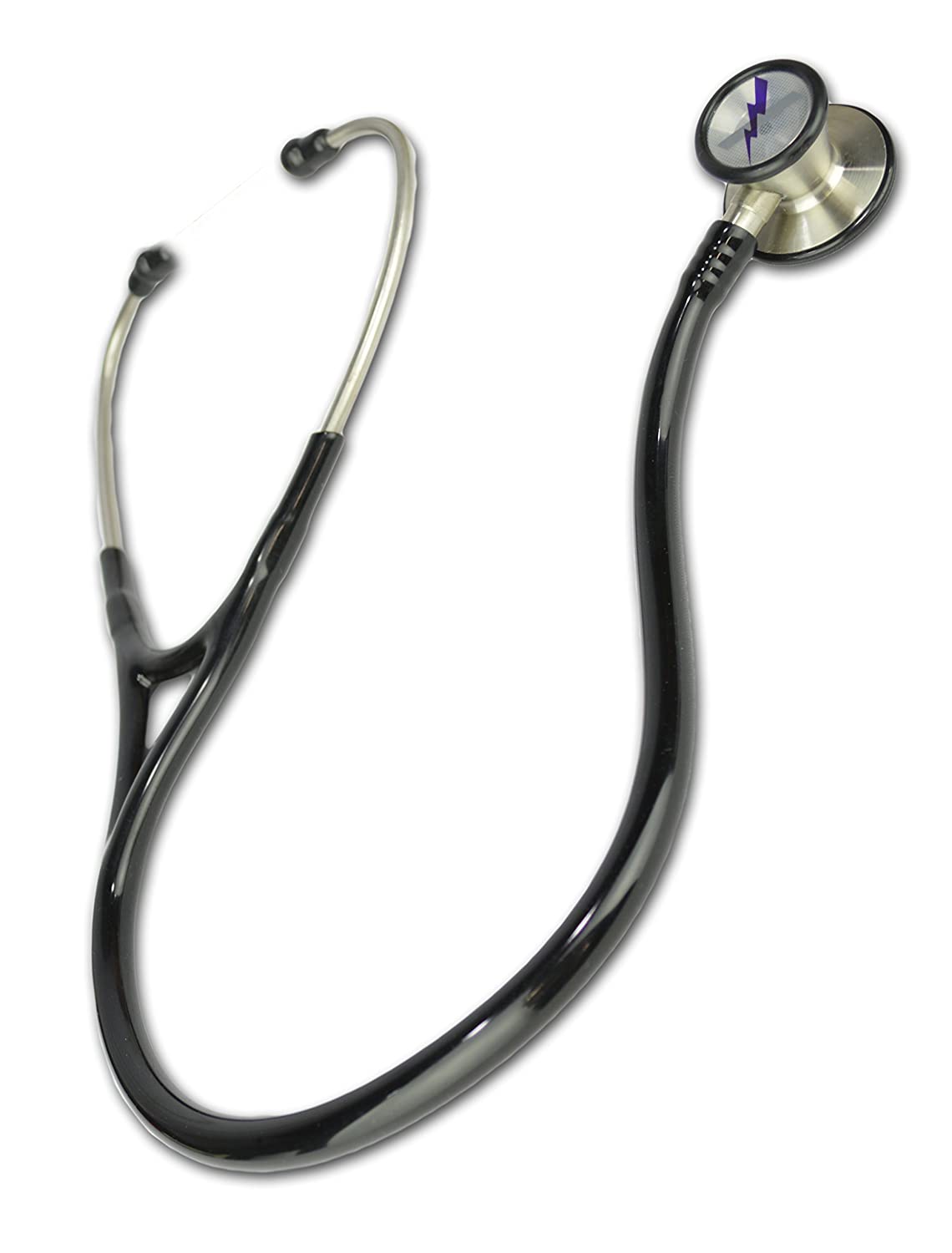
Defibrillators and Accessories
In the absence of a first responder or ambulance technician, any person may use the automated external defibrillator when performing cardio-respiratory resuscitation.
-
Accessibility and Use by the General Public: A key point emphasized is that in the absence of a first responder or ambulance technician, any person may use an automated external defibrillator when performing cardio-respiratory resuscitation. This means that AEDs can be used by bystanders, not just trained medical professionals, to provide immediate assistance to individuals experiencing sudden cardiac arrest.
-
Frequency of Cardiac Arrests in Canada: The statistics provided illustrate the significance of cardiac arrests in Canada, with up to 40,000 cardiac arrests occurring each year, averaging to one cardiac arrest every 12 minutes. Prompt and appropriate treatment is essential because without it, many of these cases result in death.
-
The Potential Impact of AEDs: Access to AEDs is highlighted as a crucial factor in saving lives. It is mentioned that thousands of lives could be saved through public access to AEDs. AEDs can significantly improve the chances of survival in cases of sudden cardiac arrest.
-
Effectiveness of AEDs and CPR Combination: When AEDs are used in conjunction with Cardiopulmonary Resuscitation (CPR), the chances of survival from sudden cardiac arrest are substantially improved. The statistic mentioned is that this combination may increase the likelihood of survival by 75% or more. This underscores the importance of not only having access to AEDs but also knowing how to perform CPR.
-
Liability Protection: It's noted that legislation in provinces across Canada protects individuals who use AEDs from liability when they are used in the context of saving a life. This legal protection encourages individuals to use AEDs when necessary without fear of legal consequences.
The "Good Samaritan Act," often referred to as a Good Samaritan Law, is a legal protection in many jurisdictions, including various provinces in Canada and states in the United States. It is designed to encourage individuals to provide assistance in emergency situations without fear of legal liability. The key principle of such laws is that people who voluntarily and in good faith offer assistance to those who are injured or in immediate danger should be protected from legal repercussions. the Good Samaritan Act in the relevant jurisdictions allows any person to use an automated external defibrillator (AED) when performing cardio-respiratory resuscitation in the absence of a first responder or ambulance technician. This legal protection is crucial because it encourages bystanders to use AEDs to provide potentially life-saving assistance to individuals experiencing sudden cardiac arrest without the fear of legal consequences.
These laws are intended to support public safety and the well-being of individuals in distress by removing legal barriers to taking action in emergency situations. However, the specifics of Good Samaritan laws can vary from one jurisdiction to another, so it's important to be familiar with the laws in your specific area to understand the extent of legal protection and any requirements or limitations that may apply.
In summary, AEDs are critical tools in responding to sudden cardiac arrest, and their accessibility to the general public can significantly improve survival rates. Proper training in their use and knowledge of CPR are crucial for effective response in such life-threatening situations. Legal protections for individuals using AEDs further encourage their use in life-saving efforts.









